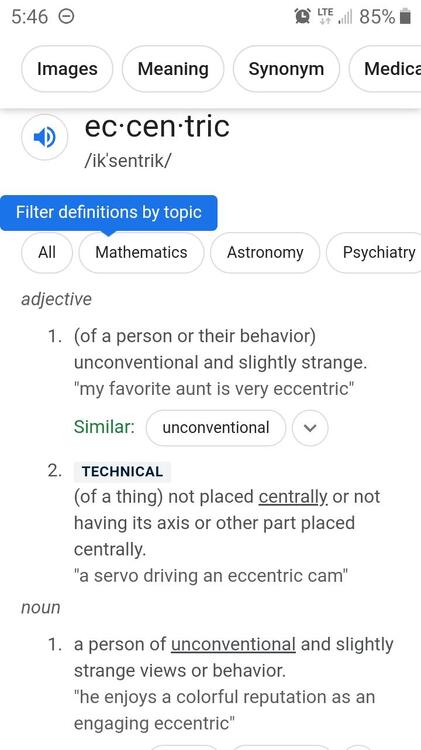Interesting. Assuming the same material and coil diameter, the spring constant for a regular coil spring varies as the fourth power of the wire thickness. At 0.116" vs. 0.102", the shorter of your two springs should be 67% stiffer (lb/in).
The fully-compressed height of the short spring looks like it would be 3.5 x 0.116" = 0.41". The free height looks to be ~ 75% that of the taller spring, so 0.75 x 1.035" = 0.78". Full compression distance would therefore be 0.78" minus 0.41" = 0.37", so the preload force exerted at full spring compression would be 0.37 x 1.67K = 0.62K, where K is the spring constant of the longer spring.
Using the same approach, the longer spring looks like it would have a fully-compressed height of 4.5 x 0.102" = 0.46". Full compression distance would therefore be 1.035" minus 0.46" = 0.58", so the preload force exerted at full spring compression would be 0.58K.
So (if I got my math right)... At full compression, the shorter spring will be exerting about 0.62 / 0.58 = 7% more preload force, compared with the longer spring. That's pretty close. In fact, they're probably the same. The shorter spring will be more sensitive to turning the adjustment screw in and out, and it will get from max. preload to zero preload a lot faster... but I can't see that being an advantage. So, why?
 Subscriber
Subscriber 6Points11,142Posts
6Points11,142Posts Subscriber
Subscriber 5Points1,935Posts
5Points1,935Posts











